From lifeless land to community supported agriculture, to biodynamic organic seed saving.
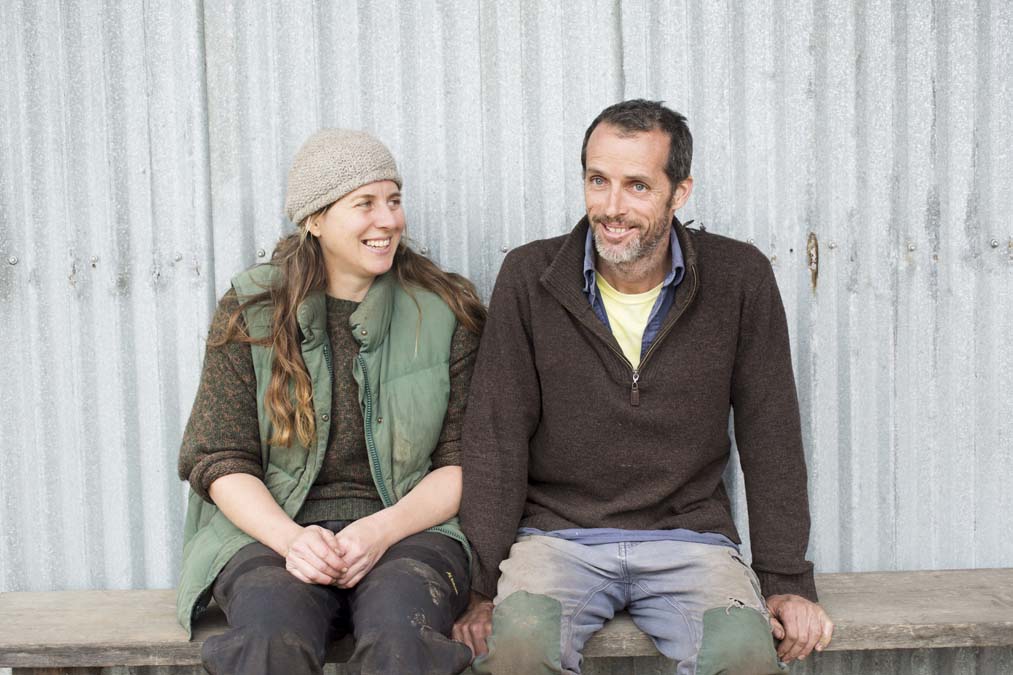
By Amy Minichiello
It was back in 2007 when Peter Carlyon happened upon a small acreage just over the sandy dunes of the Southern end of the Mornington Peninsula. His wife, Robin, and two small children had just sold their first property – a 100-acre farm, in the Victorian Alps. They were set to begin a new way of life over in Tasmania. However, a sliding doors moment prevailed.
Robin dug her hands into the white sandy soil and exclaimed, “How are we going to feed our family?!” The farm was, “lifeless, not a single bug in sight.” Cooch grass invaded the horse paddocks. Robin sat cross-legged, breathing deeply, eyes closed as she tried to meditate life into the surrounds only to come up short. It was sheer determination and a vision for what could be that was the driving force to give this thing a go. I wonder now, knowing what they had to do back then, would they do it again? “It was a lot of work and at times, I wonder where we got so much time and energy. But the experience has shown me that Peter has great perception to recognise what a property could be.” Robin agreed to move to this sand-blanketed patch of earth because she wanted to support Peter’s vision. It was a combined purpose that saw them achieve something quite extraordinary over the years that followed.
Sitting up at the gorgeous, long, Victorian Ash kitchen bench inside Peter and Robin’s mud brick home, I found myself equally mesmerised and immensely inspired by this husband-and-wife team. It is no mean feat to take on something of this magnitude, especially with two small children in tow. Robin used to drive around to local producers asking, “Can I please empty your bins?” It was here that she filled huge bags full of discarded leaves, damaged fruit, and vegetables – anything that could be given to the chooks or dig into the ground and decompose. Worm farms dug into garden beds followed, along with the use of biodynamic principles. It was a recipe that rewarded.
A large photo hung to my right on the wall that overlooked what was once the house vegetable garden. It is an image of a 5-year-old Maya, Peter and Robin’s eldest child, standing in front of a wall of greenery. That photo was taken a year after they had moved to the farm. Suddenly nature was singing. There were bugs, insects, reptiles, and birds. Life began to bloom. Seeds were sown, garden beds appeared, poly-tunnels were erected, garden mandalas created.
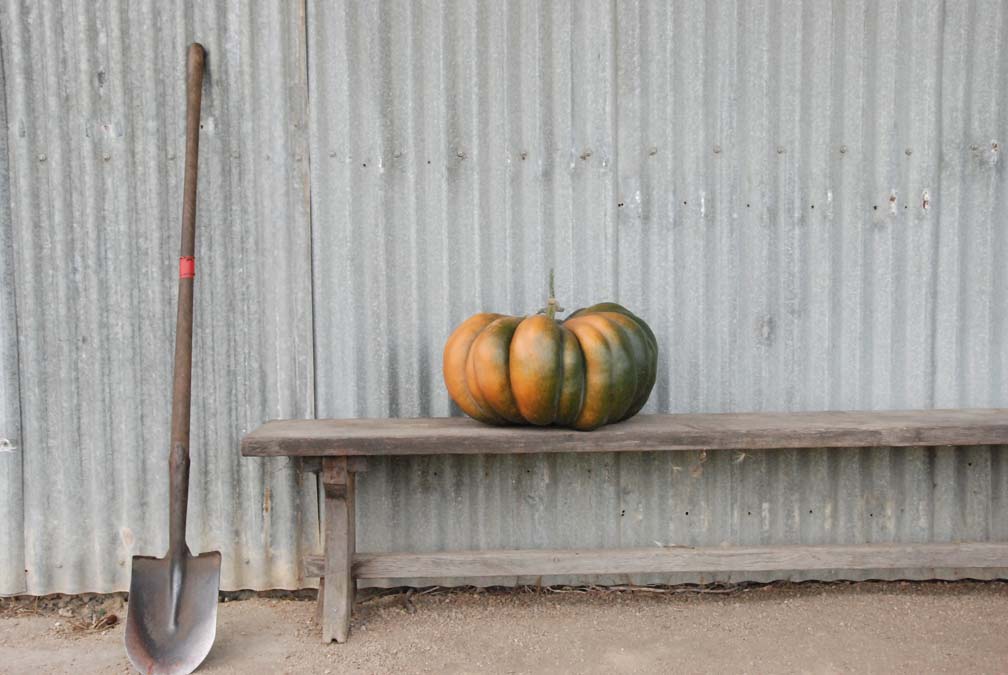
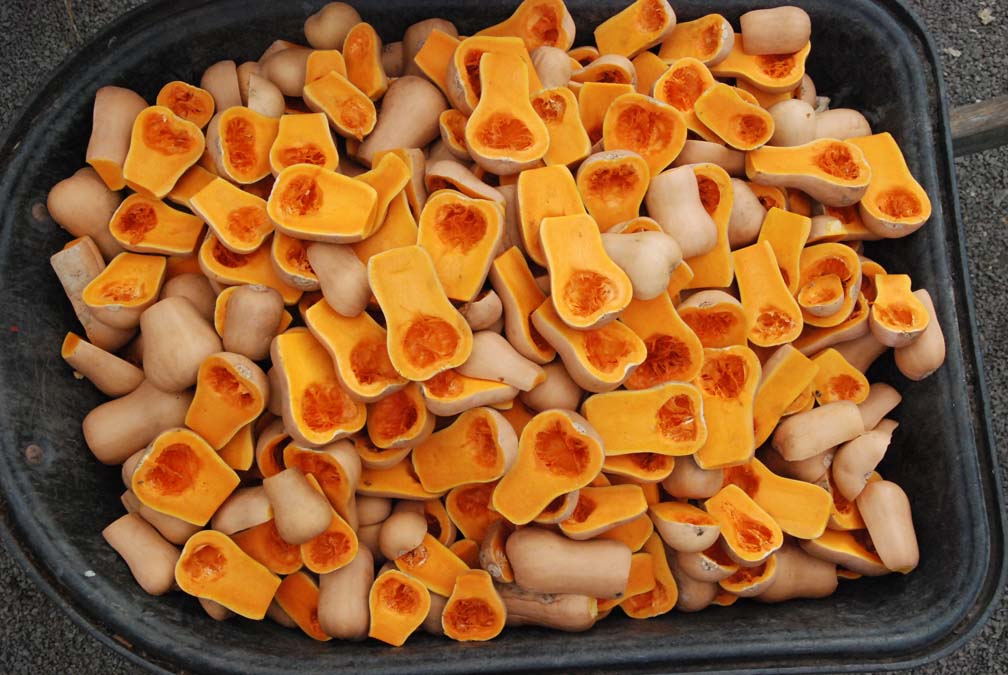
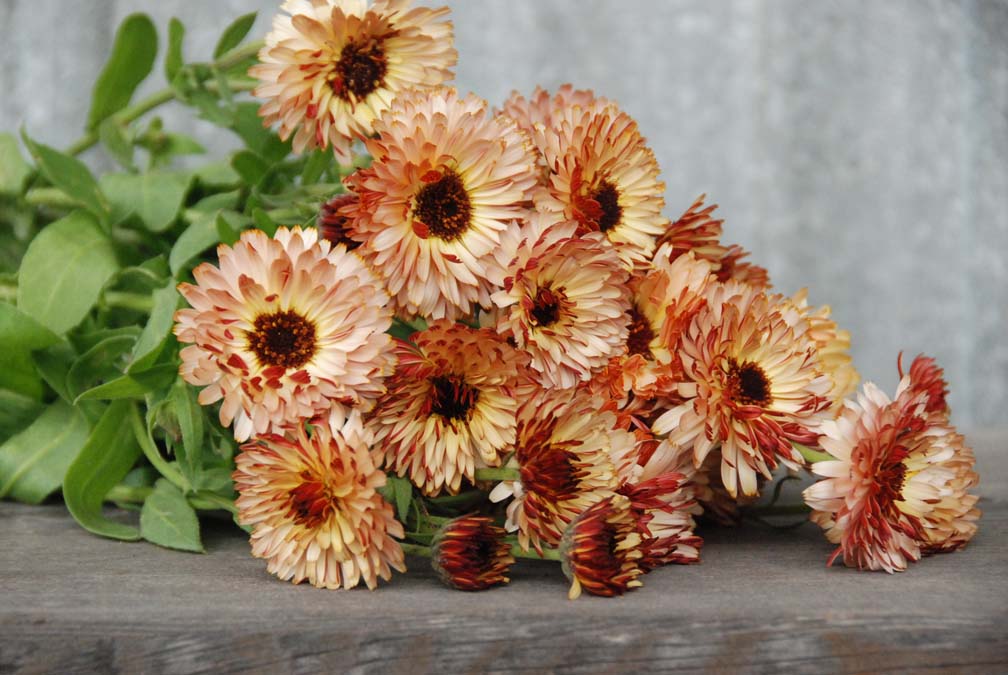
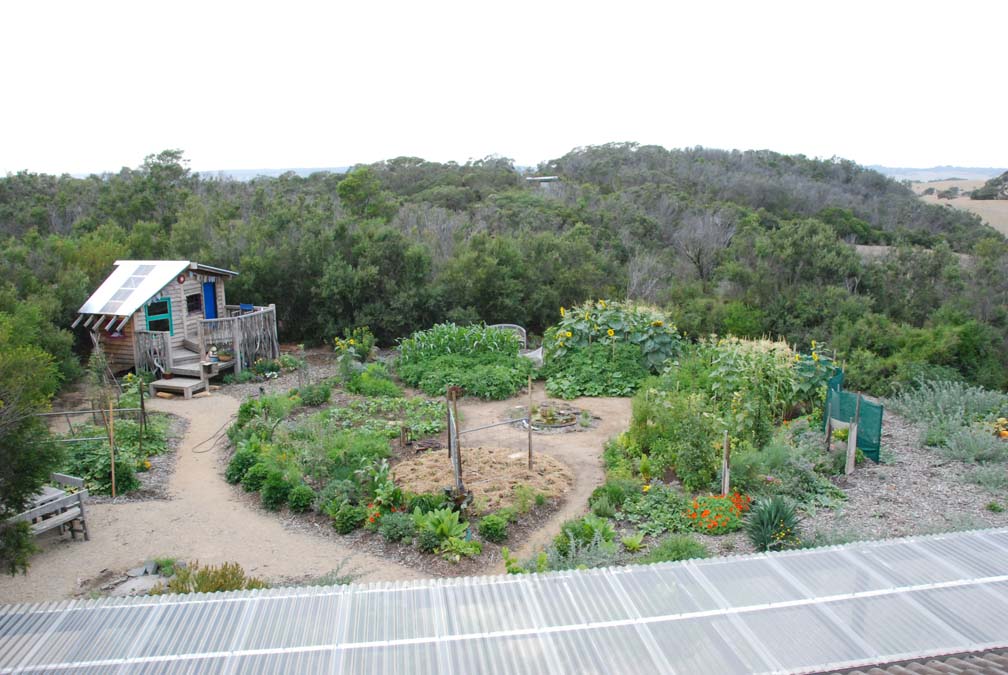
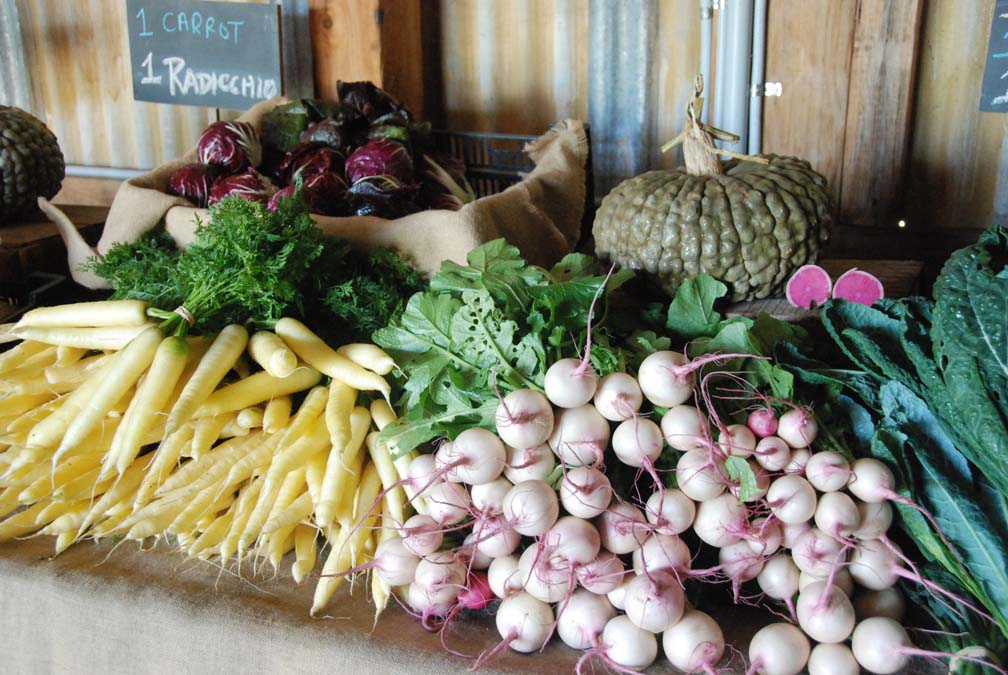
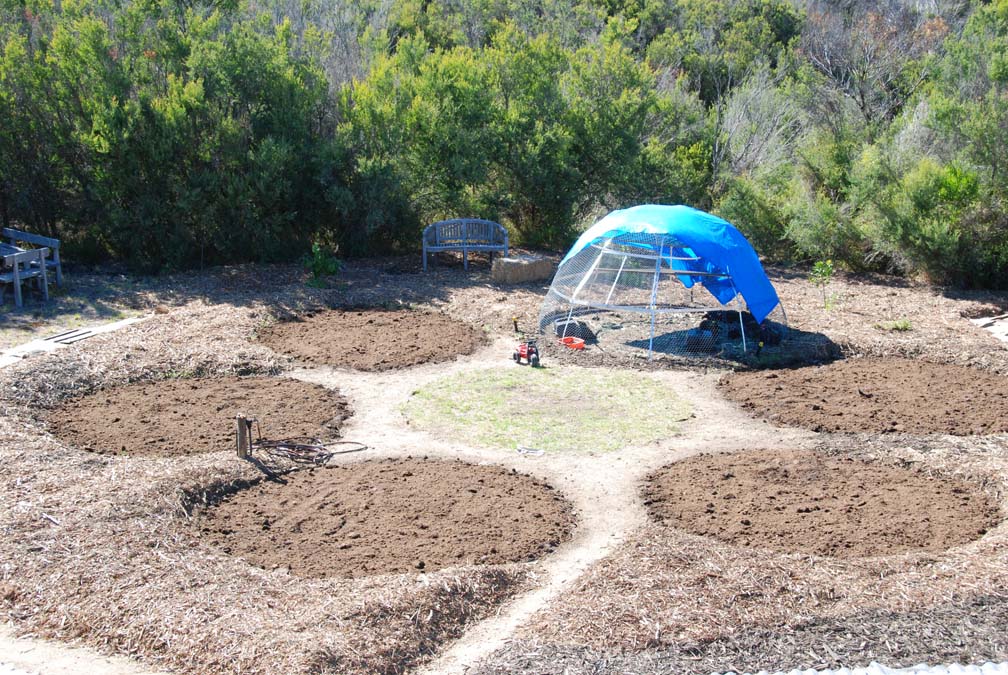
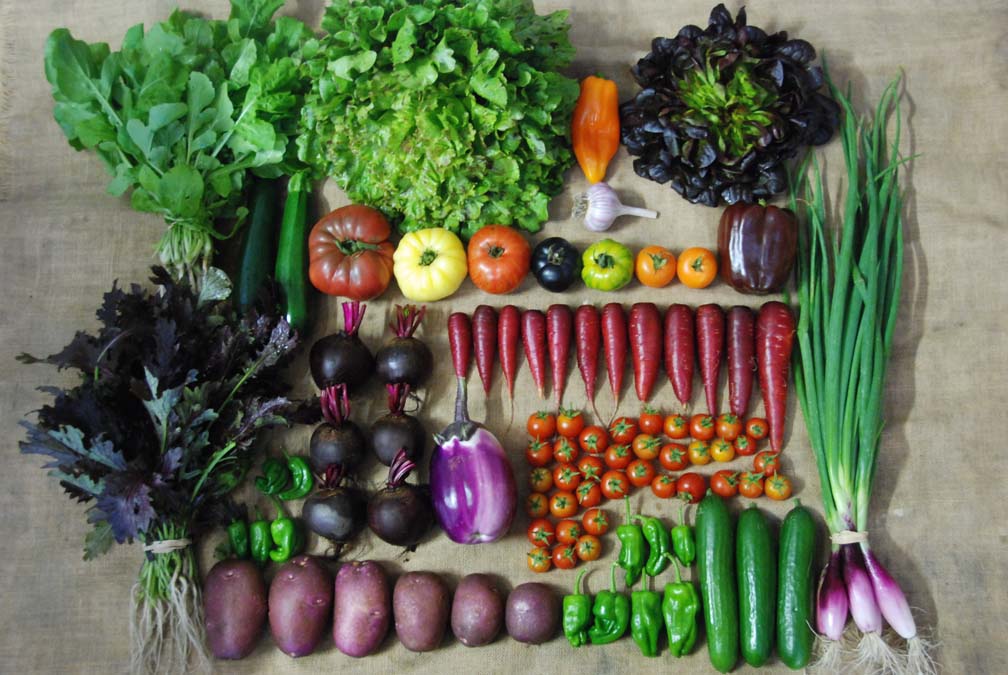
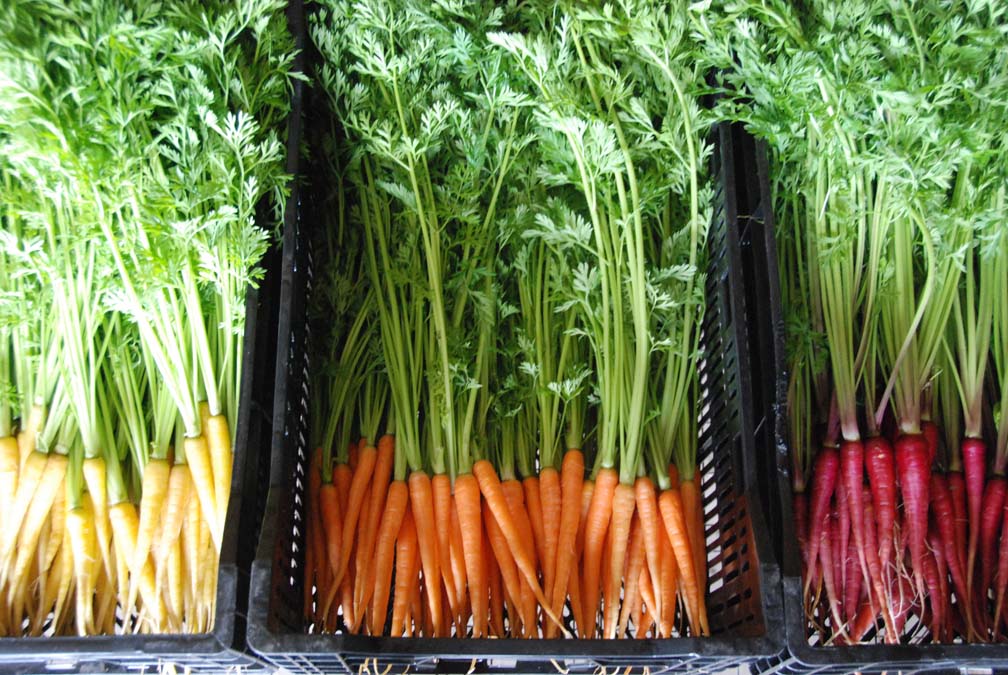
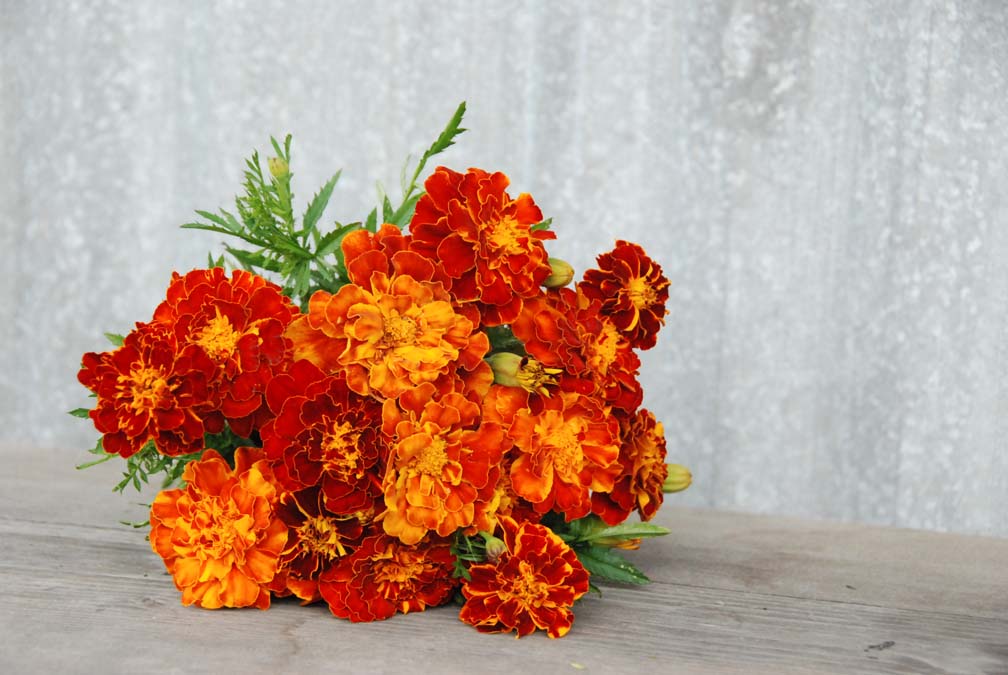
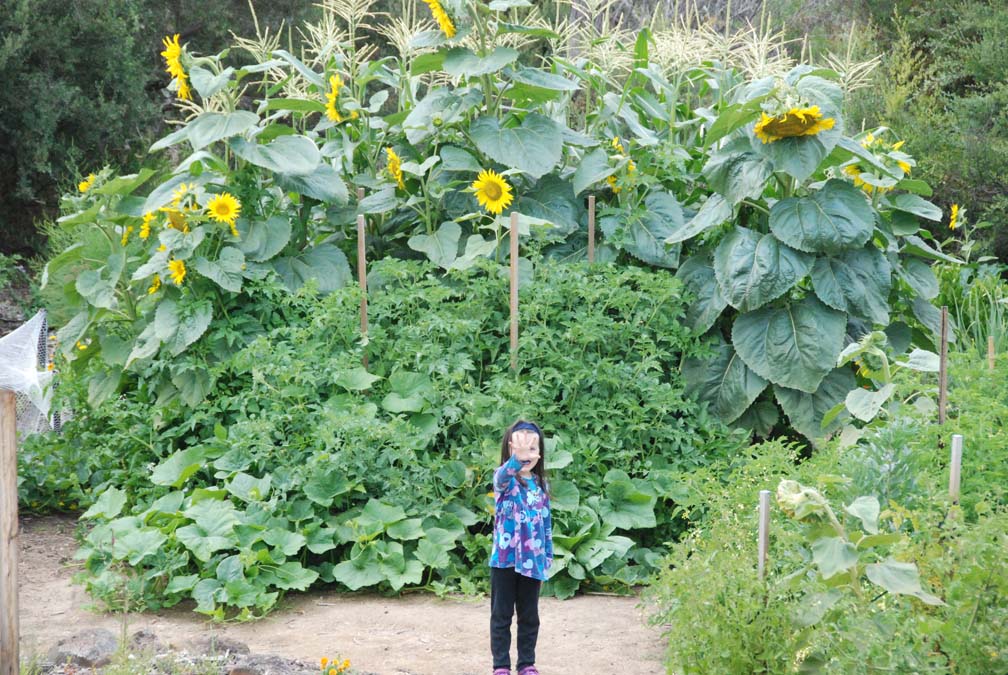
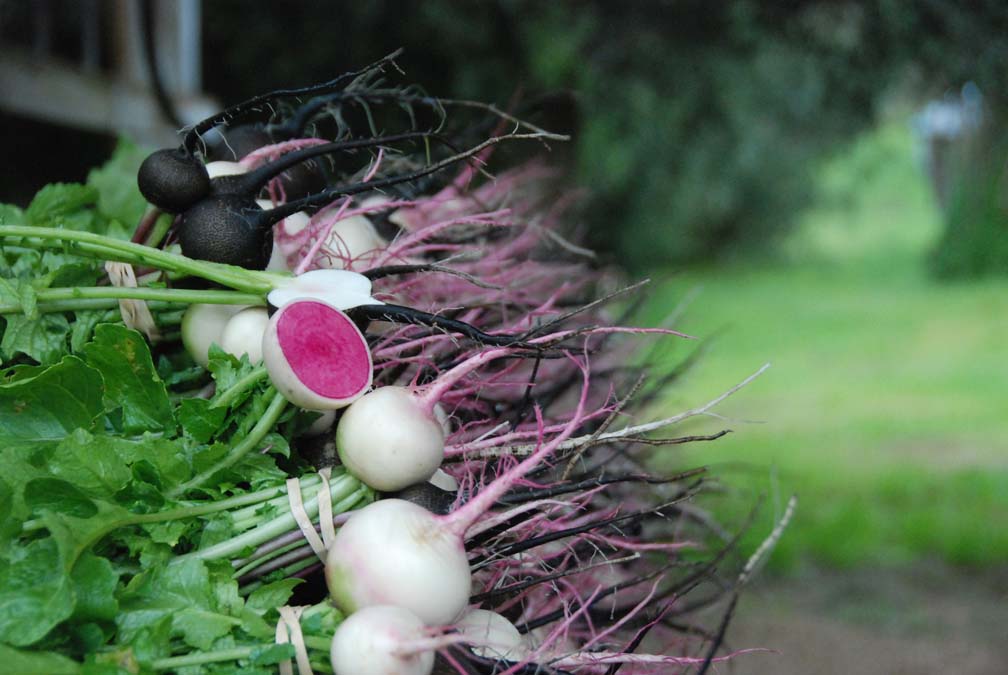
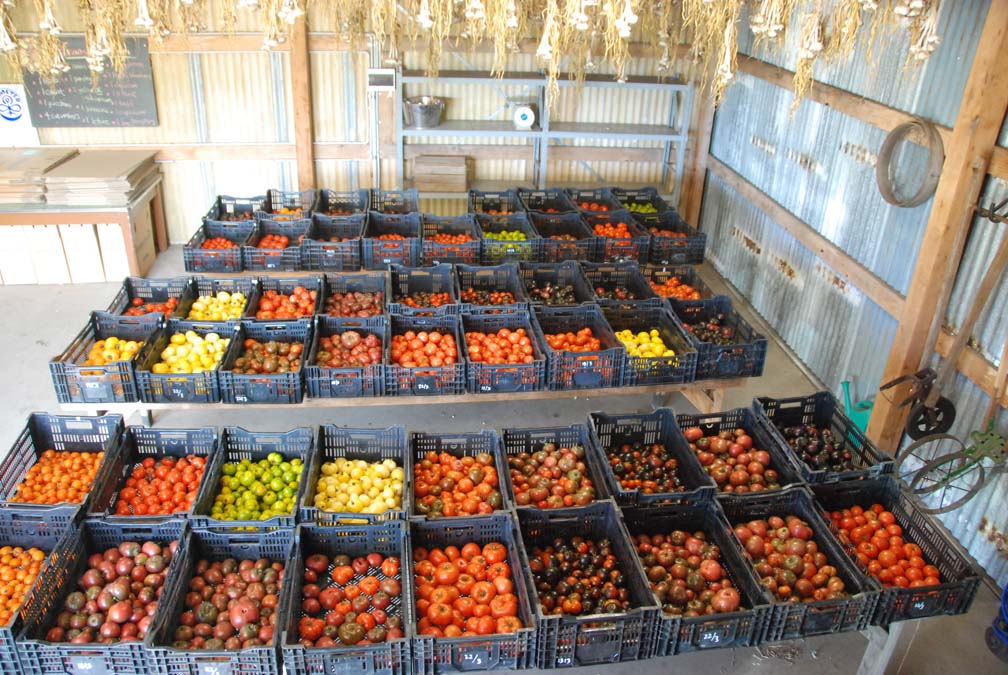
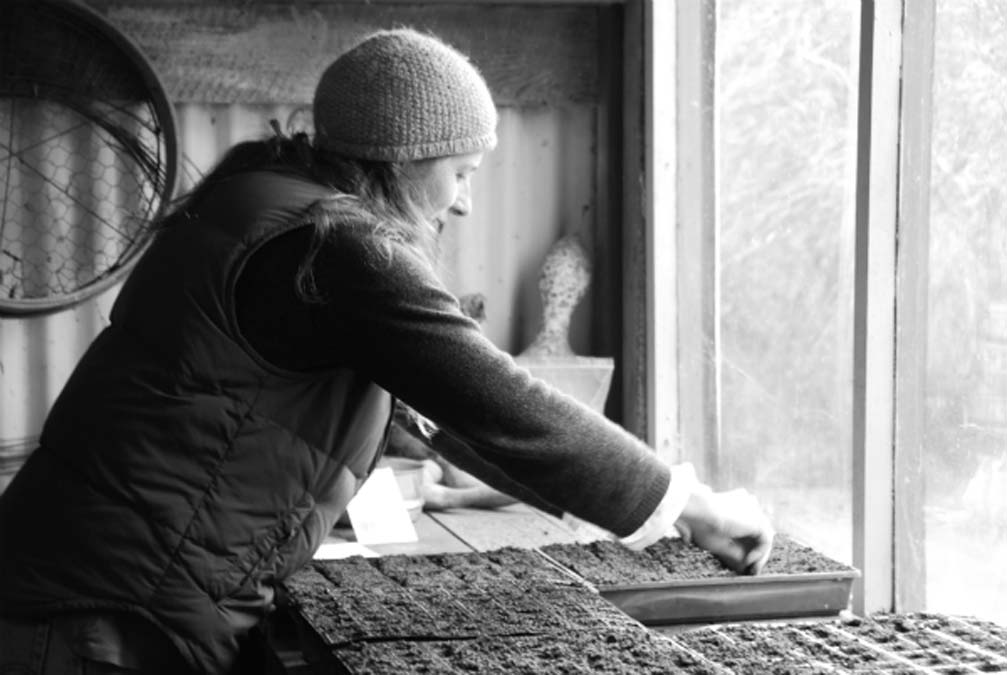
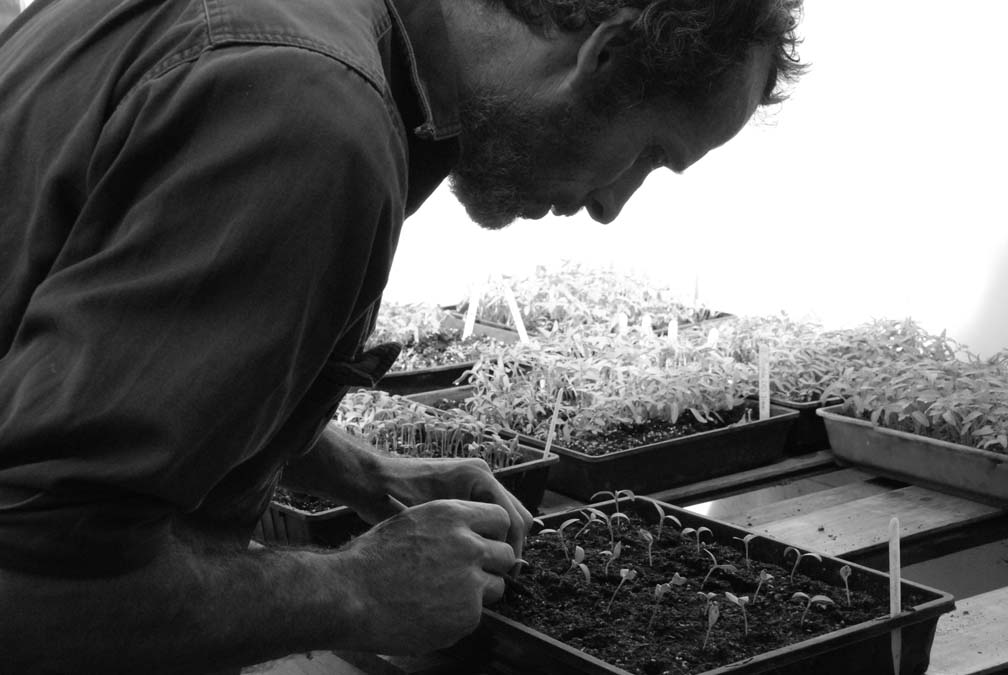
Peter and Robin created a CSA (Community Supported Agriculture) supplying freshly harvested certified biodynamic and organic vegetables to 120 local families, along with restaurants in Melbourne and the Peninsula. “We created a dynamic food network that attempted to balance the needs of the farm, the farmer, and the community. The system did not cater to everyone in the community, but we felt that by year nine we, the farmers and the community of like-minded CSA members, were co-creating a sustainable food system,” explained Robin.
It was with a heavy heart that they closed the CSA chapter in 2020. The desire to tread a new path proved to be too strong to ignore. Sourcing high quality organic seed in Australia was becoming more difficult to, especially with the limitations and/or need to fumigate certain varieties of seed which were imported. So, they changed gears, focused, and put all their energy into creating a seed business.
“We were pretty strong on trying to get people to understand where their food came from and it is the same for us with seed; getting people more in the know about the background of products. Where they actually came from and their environmental cost, but most importantly we want more people to grow their own food. It is a truly empowering feeling in so many ways.”
Having to farewell their small team in March 2020, thanks to the first lockdown, saw them hand pollinate all the squash, cucumbers and pumpkins themselves, and then the tomato plants decided to start flowering, “Robin and I had to bag every individual flower cluster in order for them not to cross-pollinate, and Robin had decided to plant 800 feet of tomatoes!” These time-consuming efforts they are dedicating themselves to is in order to build what they call foundation seed. “This is the seed from which future seed crops will come. We are observing maturity dates; disease resistance; plant architecture; fruit size, shape and colour; extreme weather resilience – trying to enhance the genetic information that transfers from generation to generation”. And with 100 different seed varieties so far, that is no mean feat!
It is where food begins: a single seed. An interconnected web of growing history allows opportunities for growth and plant diversity, “Maintaining living gene pools through seed saving within the public sector is true food security and human survival,” says Robin.
While they hope that the next farm has better soil to begin with, this farm has taught them how important it is, “to focus on soil health and a diverse healthy ecosystem – which is reflected in the nutrient density of the food we eat and enriches our lives and those of the community in so many ways.” It is for this very reason that they would, and may, do it all over again.
